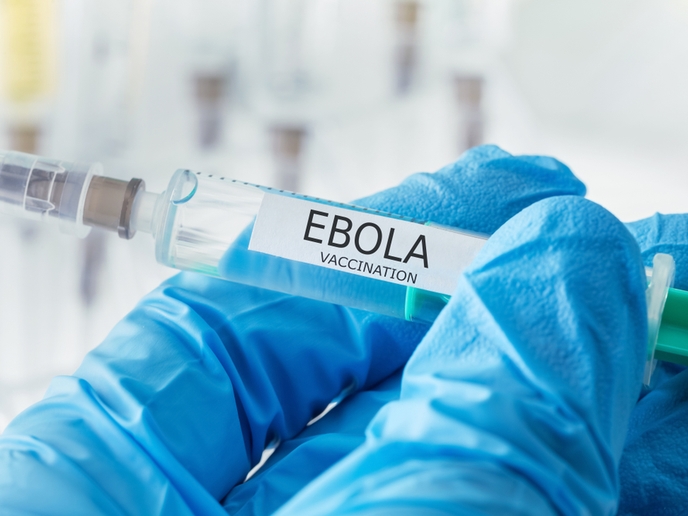How to boost outbreak preparedness with the Ebola vaccine
Ebola virus disease (EVD) that affects humans and other primates could lead to death, with fatality rates ranging between 25 % and 90 %. The Democratic Republic of the Congo (DRC) has been grappling with the world’s second-largest Ebola epidemic on record. According to the World Health Organization (WHO), over 2 000 lives have been lost, and there have been more than 3 000 confirmed infections since the outbreak was declared in 2018. The EU-funded EBOMAN project is supporting the DRC’s government-led response together with national and international partners. The consortium is helping the DRC government to introduce a second experimental Ebola vaccine as part of a clinical trial protocol, according to a news release by the Coalition for Epidemic Preparedness Innovations (CEPI). “The two-dose Ebola vaccine regimen (Ad26.ZEBOV MVA-BN-Filo) is manufactured by the Janssen Pharmaceutical Companies of Johnson & Johnson.” It adds: “It was developed in collaboration with global partners, including Bavarian Nordic A/S, the U.S. Biomedical Advanced Research and Development Authority (BARDA), part of the Office of the Assistant Secretary for Preparedness and Response at the U.S. Department of Health and Human Services (HHS), the Innovative Medicines Initiative (IMI) funded through the European Union Horizon 2020 Programme, and the U.S. National Institutes of Health (NIH) at HHS.”
Complementing existing vaccine
The second vaccine will complement the current vaccine (rVSV-ZEBOV-GP, manufactured by Merck), as noted in the CEPI news release. “More than 6,500 people have taken part in multiple previous and ongoing clinical trials of the Janssen Ebola vaccine regimen. The available data indicate that the vaccine is well tolerated and induces robust immune responses to the Zaire strain of Ebola virus – the cause of the DRC outbreak.” The introduction of the second experimental vaccine is in line with the recommendations of the WHO’s Strategic Advisory Group of Experts (SAGE) on Immunization. Issued in May 2019, the SAGE recommendations include various measures such as adjusting the dose of the rVSV-ZEBOV-GP vaccine and evaluating a second vaccine under appropriate protocols. The main vaccination strategy used with the rVSV-ZEBOV-GP vaccine is a “ring strategy” targeting contacts of those with EVD, and other health and frontline workers at high risk.
Prime and boost
The IMI, a partnership between the EU and the European pharmaceutical industry, provided funding for the trial through the IMI Ebola+ Program to support several consortia that are conducting multiple clinical trials and other vaccine development activities. The consortia funded by the IMI 2 Joint Undertaking include EBOVAC1, EBOVAC2, EBOVAC3, EBOMAN and EBODAC. The EBOMAN (Manufacturing and Development for Rapid Access Ebola Vaccine (EBOMAN)) project ended in 2017. It focused on accelerating the development and manufacturing of a prime (Ad26.ZEBOV) and boost (MVA-BN-Filo) Ebola vaccine regimen. For more information, please see: EBOMAN project website
Countries
Germany



